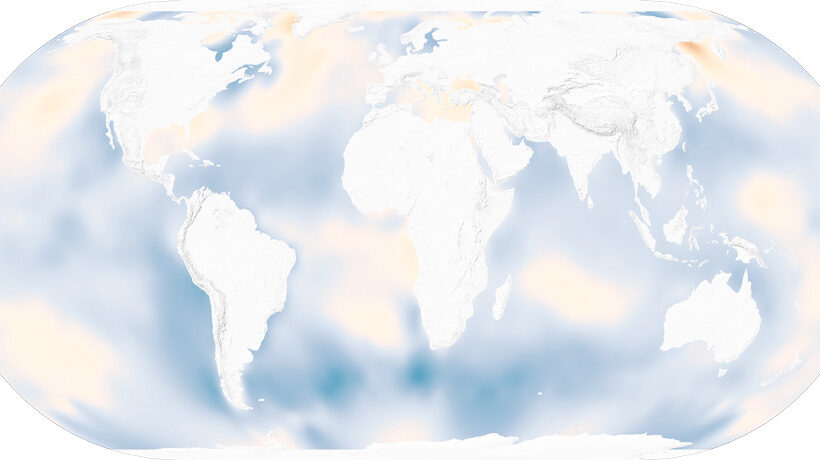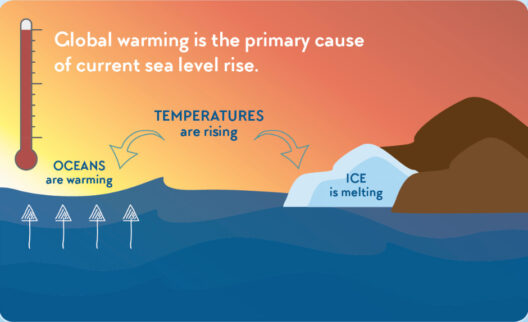As we venture into the complex dynamics of our planet’s climate, one might ponder: What’s really sending our temperatures soaring? Beyond the obvious anthropogenic contributions, there are paradoxes within our systems that warrant a closer examination. This deep dive will elucidate the myriad culprits of global warming, unveiling the interconnectedness of various factors contributing to this pressing crisis.
To commence, it’s integral to acknowledge the dominant role of greenhouse gases (GHGs) in our warming trajectory. Chief among these are carbon dioxide (CO2), methane (CH4), and nitrous oxide (N2O). Human activities, particularly fossil fuel combustion for energy, have led to a dramatic increase in these gases since the Industrial Revolution. For instance, CO2 levels have risen by over 40% from pre-industrial levels. This is not merely an environmental statistic; it’s an unequivocal challenge that we must confront.
Delve deeper into the origins of methane, often overlooked but highly effective as a GHG, being approximately 25 times more potent than CO2 over a 100-year period. The primary sources include agriculture—especially cattle ranching—and landfills. Agricultural practices, particularly those involving rice cultivation, release significant amounts of methane, emphasizing the need for innovative farming techniques that minimize emissions. Could we dare to rethink our food systems for the sake of the planet?
Another facet of the global warming conundrum is the phenomenon of feedback loops. These are processes that can amplify the initial warming. For example, as polar ice caps—our planet’s natural refrigerants—continue to melt, the Earth’s albedo effect diminishes. Albedo refers to the reflectivity of a surface; darker surfaces absorb more heat, further exacerbating warming. This irony poses a significant challenge: As we lose ice, we increase our heating, creating an insidious cycle that is difficult to break.
Additionally, deforestation emerges as a critical contributor to greenhouse gas emissions. Forests, often dubbed the lungs of our planet, play an essential role in carbon sequestration. The act of clearing forests for agriculture or urban development not only releases stored CO2 but also diminishes our capacity to absorb future emissions. Each tree felled represents a step backward in our fight against climate change. How many more trees must we sacrifice before we recognize the futility of such actions?
Urbanization also bears weight in this discussion. As cities expand and populations surge, the urban heat island effect becomes a prevalent concern. Urban areas tend to be significantly warmer than their rural counterparts due to human activities and structural materials that trap heat. This leads to elevated energy demands, often supplied by fossil fuels, perpetuating the cycle of emissions and heat production. The juxtaposition of natural landscapes against concrete jungles vividly illustrates our environmental negligence.
Moreover, the role of the ocean in our climate system is profound yet often underappreciated. Oceans absorb a considerable amount of heat, acting as a buffer to global temperature rises. However, they too have a saturation point. As they absorb more heat, we witness the alarming phenomenon of ocean acidification, which adversely affects marine biodiversity. Coral reefs, essential to marine ecosystems, are particularly vulnerable, diminishing not only biodiversity but also the livelihoods of communities that depend on them. The health of our oceans is inextricably linked to the overall climatic balance of the planet. How can we restore these vital bodies before it’s too late?
Human activities, though a primary driver of global warming, are not the sole participants in this climatic drama. Natural occurrences, such as volcanic eruptions and solar radiation variations, can also influence climate dynamics. Volcanic eruptions can inject particulates into the atmosphere, temporarily cooling the planet, while solar cycles can contribute to fluctuations in global temperatures. However, these natural phenomena pale compared to the systemic and sustained changes driven by human activity.
In recent years, there has been a burgeoning awareness of the implications of climate change. This awareness has birthed various movements aimed at urging industries, governments, and communities to adopt sustainable practices. Yet, despite the outcry, we continue to move at a glacial pace. The challenge lies not just in recognizing our role in this crisis but in mobilizing collective action.
Educational initiatives are vital in cultivating a generation that understands the intricacies of climate causality. Promoting the significance of carbon footprints, sustainable living, and renewable energy adoption can empower individuals to foster change within their realms of influence. The question remains: Are we prepared to embrace these changes, or will inertia reign supreme?
Ultimately, tackling global warming requires an all-encompassing approach. Each of us holds responsibility, from government policymakers to everyday citizens. The confluence of individual action, technological innovation, and systemic reform can catalyze change. A united front against the multifaceted culprits of climate change might just be the key to safeguarding our planet’s future. If we can pose a challenge to ourselves and our communities, perhaps we can reshape our environmental trajectory, ensuring resilience for generations to come.
In conclusion, the journey toward understanding what truly warms our planet unveils a complex tapestry woven from human actions, natural feedback mechanisms, and defunct industrial practices. Challenging ourselves to confront these realities paves the pathway to mitigating the scourge of climate change. We must take action, for the stakes have never been higher, and the responsibility has never been more urgent.







